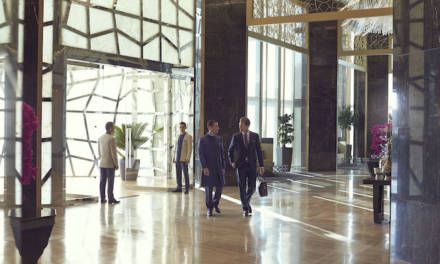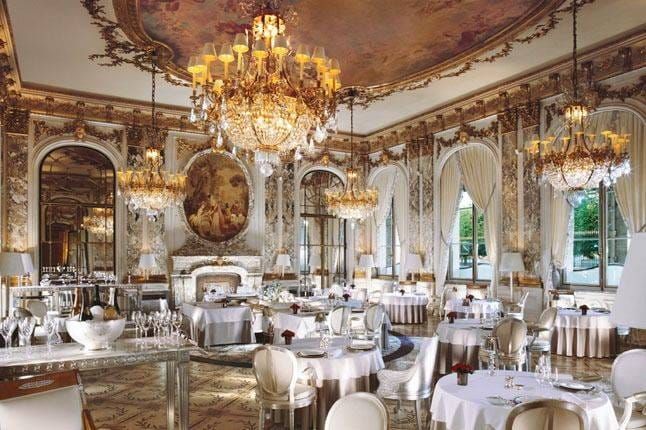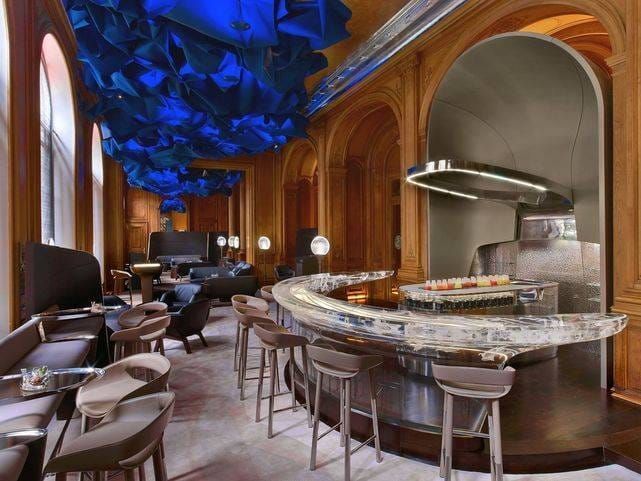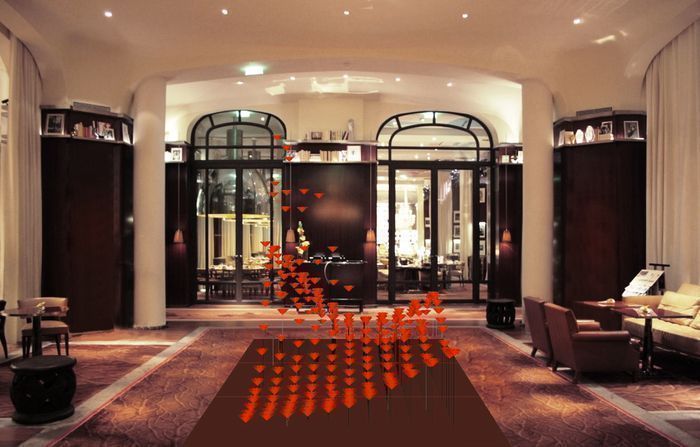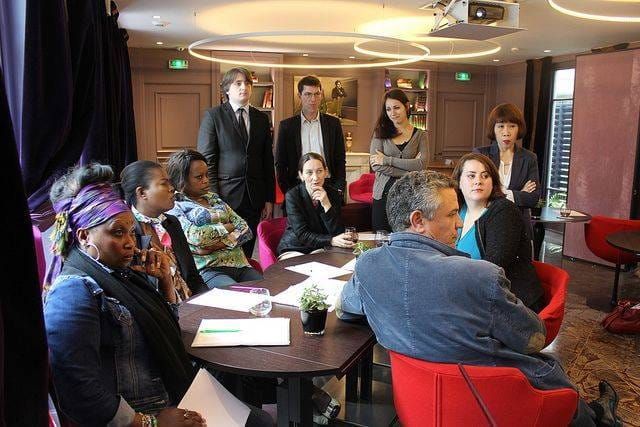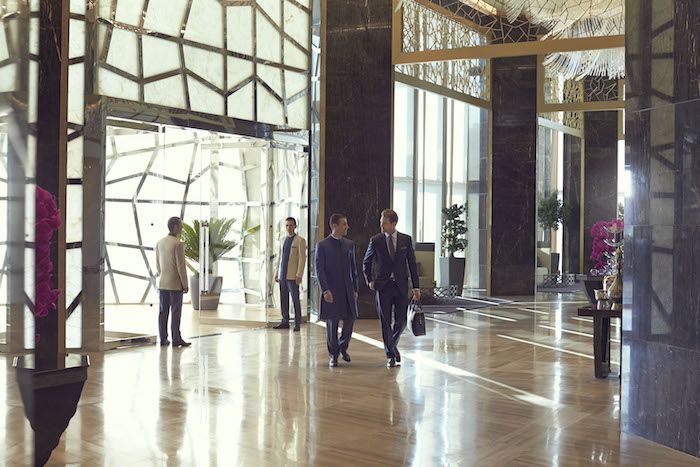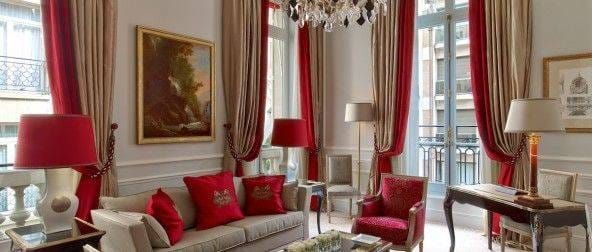Luxury Has Become France’s DNA
What is luxury ‘à la française’ in the sector of high-end hotels? Is there such a thing as a French hotel tradition?
Here’s a question that someone asked me recently. I now have the pleasure of sharing my answer directly with you.
It was in the 19th century that the first Palaces made their appearance. In Paris, Hôtel Meurice figures among the oldest (first inaugurated in 1835). Up to the 19th century, it was the only hotel in Paris capable of welcoming wealthy travelers, until the opening of the Ritz in 1898. These first hotels defined the level of excellence. They drew inspiration from castles and fine bourgeois households, particularly to define the variety of service professions to put on offer for their first clients. Although some professions have disappeared, others have been modernized. Back then, the hotelier’s expertise could only be learned on the spot, and it passed itself on from generation to generation and also reinterpreted itself with the arrival of new generations, which is something that is still true these days. It is this alchemy that assures our client the experience of an excellent service.
Luxury ‘à la française’ in hotels unites both tradition and the ability to constantly reinvent oneself in one’s way of welcoming one’s guest. Welcoming guests is a source of exchanges and a sharing of the pleasures of the senses and spirit that, in France, evokes rigor, beauty, of refinement, rituals that have been assimilated and accepted, sophistication and levity, excellence and courtesy.
French luxury hotels also bring together the best suppliers in service to their clients. For instance, a luxury hotel must offer the best bed by working with the best brands such as Dumas, which has been manufacturing luxury pillows and duvets for over 100 years. This expertise has been passed down in this way from generation to generation, and it is this transmission of expertise that characterizes all the suppliers of our fine hotels, whether this be in the domain of the bedroom or the restaurant.
The bar of the Plaza Athénee
The Plaza Athénée, for instance, continues this hotel tradition all while reinventing it. In terms of décor, if you look at the work that has taken place in the bar or the Restaurant Alain Ducasse, you can see that architects Patrick Jouin and Sanjit Manku succeeded in keeping the spirit of this historic sites all while delivering a touch of modernity. In terms of service, the team continues certain traditions and doesn’t shy away from shaking up the tableware by, for instance, getting rid of napkins. And yet, excellence In these kinds of establishments, there are always around 10 employees who have more than 30 years of experience with the hotel. These employees represent the memory of the hotel, and they are often the first to tell wonderful stories and times about the hotel. Within their department, they are also responsible for passing on what they learned from their predecessors.
About Laurent Delporte
Inspired by the service experience of luxury hotels, Laurent Delporte, expert in luxury hotels and the French art of welcoming, unearths the latest trends and consults on hotel projects while delivering the best of what is done. His insatiable curiosity, transversal perspective, and keen eye for luxury hotels, as well as his network of experts, investors, hotel managers, and talents, remain his strongest assets. In partnership with the architecture agency AW2, he designed for the Equip’Hotel salon the hotel room of the future.
Laurent Delporte, an editor and conference speaker, is a strategic expert in the sector of hotels. A visionary, he brings his unique look on hotels in service to the decision-makers in the industry, whether to enhance the development of new projects or strategic visions.
Laurent has visited and audited over 350 hotels across the world and also participates in mystery visits to provide quality control for the world’s finest hotels.


 HOME
HOME